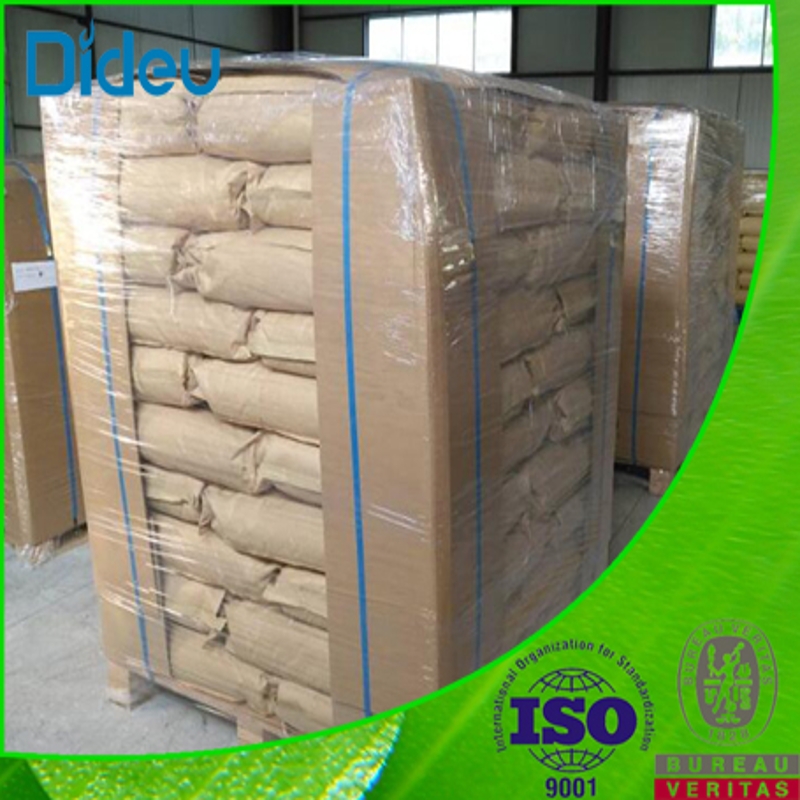-
Categories
-
Pharmaceutical Intermediates
-
Active Pharmaceutical Ingredients
-
Food Additives
- Industrial Coatings
- Agrochemicals
- Dyes and Pigments
- Surfactant
- Flavors and Fragrances
- Chemical Reagents
- Catalyst and Auxiliary
- Natural Products
- Inorganic Chemistry
-
Organic Chemistry
-
Biochemical Engineering
- Analytical Chemistry
-
Cosmetic Ingredient
- Water Treatment Chemical
-
Pharmaceutical Intermediates
Promotion
ECHEMI Mall
Wholesale
Weekly Price
Exhibition
News
-
Trade Service
At present, the University of Wales in the United Kingdom claims to have built the first smart low-carbon solar house
.
The Sun Room is a specific project
by Swansea University in collaboration with Cardiff University.
It is designed to prototype how low-carbon targets
can be achieved by relying on off-the-shelf technology.
The Sun Room is located in Paio, near Bricender, and is part of
the LSLCER project of the Welsh Low Carbon Research Institute (LCRI).
It was created
by a special innovation and knowledge center following the concept of "building power stations".
This positive energy state is achieved by reducing energy demand in order to provide renewable energy supply and store energy for later use
.
Electricity is imported from the transmission grid when there is a shortage of electricity, and power is exported from the transmission port when there is sufficient power
.
The material used in the construction of the solar room is low-carbon cement
.
In order to reduce the demand for energy, the solar room is designed with a high-level insulation structure, structural insulation panels (mouths), external insulation and low-radial double-glazed timber-framed doors and windows
.
The solar house also uses a permeable solar collector (TSC).
These include the porous structure of the exterior of the house that draws air into the cavity in order to absorb sunlight and warmth
.
It then absorbs sunlight and ventilates as a low-cost way to heat
.
The electrical energy is transmitted through a 4.
3kWp glazed photovoltaic solar panel array
.
These are fully integrated into the roof of the south-facing house, eliminating the need for bolts
.
The 6.
9kwh battery energy stored in the house is not immediately needed
.
The stored electricity is used for power heating, ventilation, hot water systems and household appliances
.
It is reported that the solar room took 16 weeks to complete and was completed
in February this year.
At present, the University of Wales in the United Kingdom claims to have built the first smart low-carbon solar house
.
The Sun Room is a specific project
by Swansea University in collaboration with Cardiff University.
It is designed to prototype how low-carbon targets
can be achieved by relying on off-the-shelf technology.
The Sun Room is located in Paio, near Bricender, and is part of
the LSLCER project of the Welsh Low Carbon Research Institute (LCRI).
It was created
by a special innovation and knowledge center following the concept of "building power stations".
This positive energy state is achieved by reducing energy demand in order to provide renewable energy supply and store energy for later use
.
Electricity is imported from the transmission grid when there is a shortage of electricity, and power is exported from the transmission port when there is sufficient power
.
The material used in the construction of the solar room is low-carbon cement
.
In order to reduce the demand for energy, the solar room is designed with a high-level insulation structure, structural insulation panels (mouths), external insulation and low-radial double-glazed timber-framed doors and windows
.
The solar house also uses a permeable solar collector (TSC).
These include the porous structure of the exterior of the house that draws air into the cavity in order to absorb sunlight and warmth
.
It then absorbs sunlight and ventilates as a low-cost way to heat
.
The electrical energy is transmitted through a 4.
3kWp glazed photovoltaic solar panel array
.
These are fully integrated into the roof of the south-facing house, eliminating the need for bolts
.
The 6.
9kwh battery energy stored in the house is not immediately needed
.
The stored electricity is used for power heating, ventilation, hot water systems and household appliances
.
It is reported that the solar room took 16 weeks to complete and was completed
in February this year.







